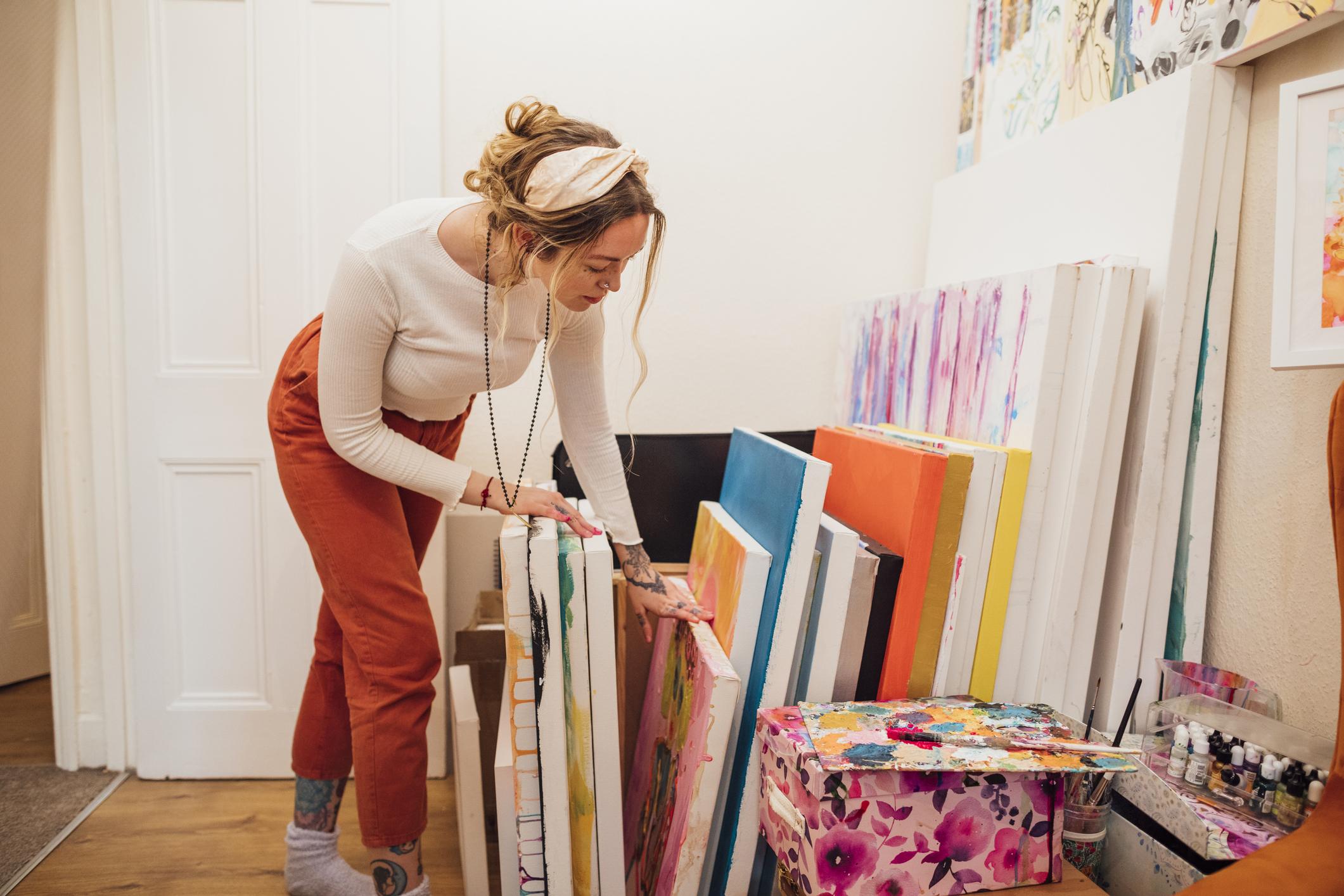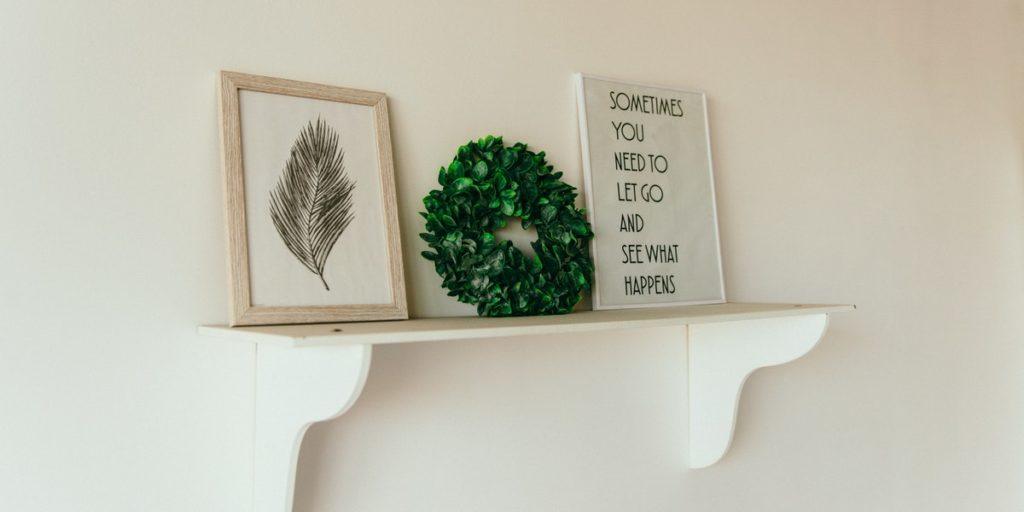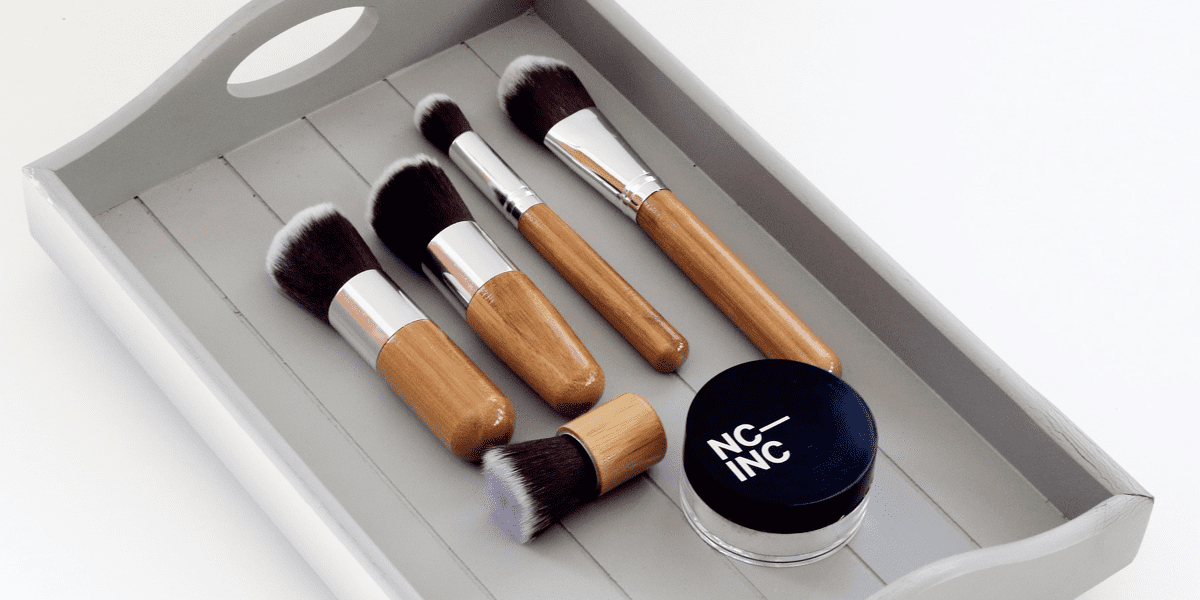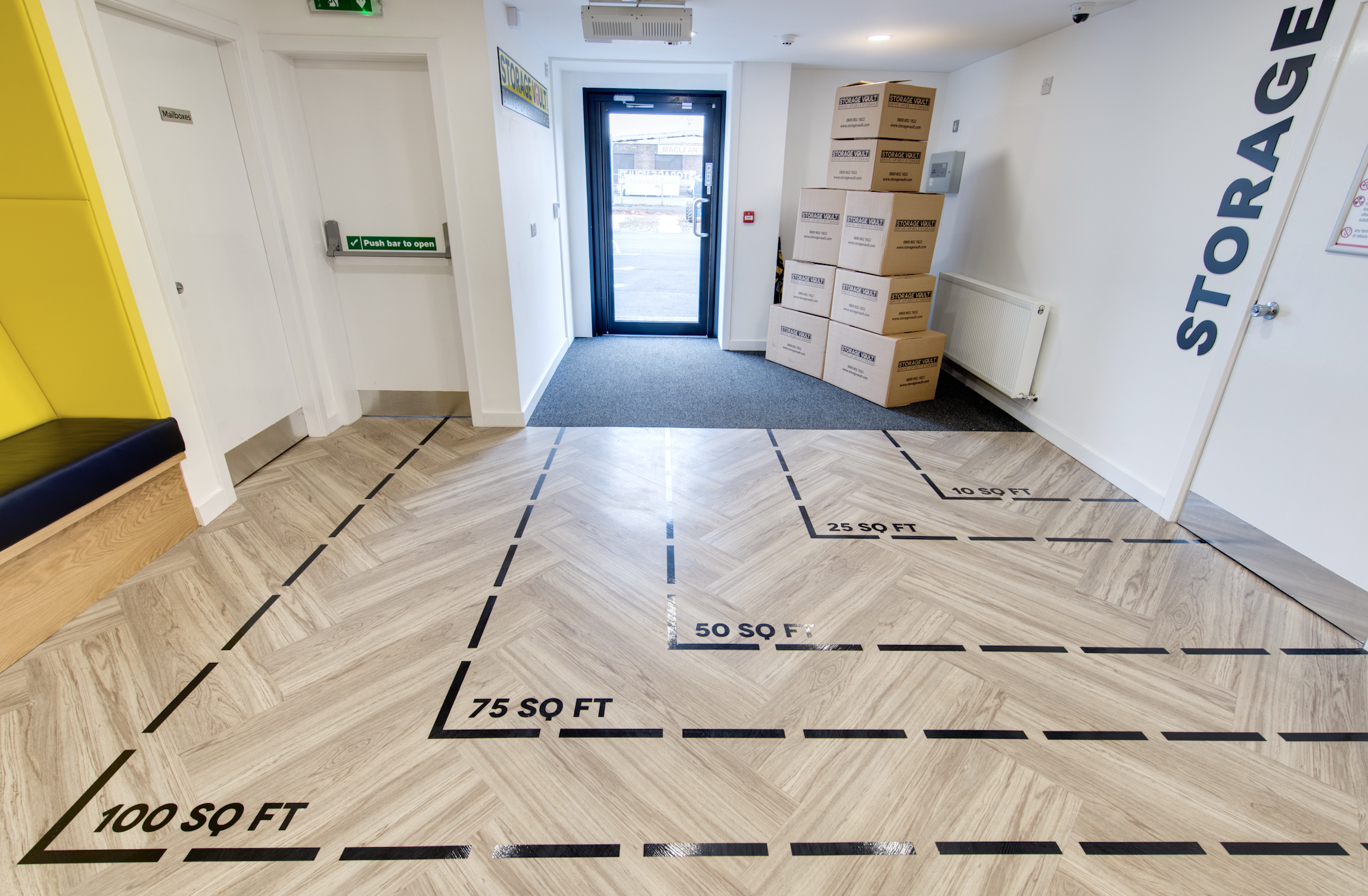How to Store Art Correctly

Art is priceless and irreplaceable. No matter if you paid £10 or £10 million for a piece, it’s a unique work that you obtained because you liked it, and that’s all that matters. Storing your artwork requires special conditions to protect the works from a variety of dangers including heat, humidity, mould, fading, and pests, just to name a few. If you have a piece of art that you need to store, here are some guidelines you can follow to make sure that the work will survive storage and retain its original look.
Avoid Direct Sunlight
Paintings can be damaged by too much exposure to light, especially direct sunlight. This damage is caused by the chemical reaction between the paint used and the ultraviolet rays of the sun. Ultraviolet light is radiation beyond the visible portion of violet in the color spectrum. Not only will UV light damage paint, it’s also harmful to any works on paper, museum objects, leather, and fabrics, including canvas. While some mediums like oils or acrylics can handle limited exposure to light, watercolors are very sensitive to sunlight, as are photographs and other works on paper. These have a tendency to fade when exposed to too much light. The fix for this is to use UV filtering glass on any nearby windows.
Humidity
Another factor that can damage artwork is humidity. Art pieces are often composed of more than one type of material, and each material responds differently to water vapor in the air. The primary goal with humidity is to keep it constant and not allow it to fluctuate. The ideal humidity for artwork is between 40% and 55%. Using a hygrometer is recommended to monitor the humidity in your storage room. Using fans to control excess humidity is also very effective. If you have an art storage room, have a sensor installed and connect it to your phone so it can send you alerts if there’s a sudden change.
Store Artwork in a Cool Dry Space
The ideal place to store your art is in a cool, dry, and dark place where temperature and humidity fluctuations are few. Using blackout curtains can help to block out light and protect your paintings.
Never Put Your Artwork on the Ground
One of the most important rules for storing artwork is to never let it touch the ground. Smaller objects can go on shelves or in drawers and you can use racks or risers for larger works. Remember that art is meant to be staged or hung. The ideal storage facility would be a room with chains hanging from the ceilings in parallel rows with hooks on which you can hang your artwork.
Common Storage Methods
Here are the most common ways that artists and collectors store their paintings.
- Stretched and framed art is put on racks or hung in a way that will allow air to flow freely, and the racks should be kept out of direct light as much as possible.
- Unframed paper artwork can be kept in flat file drawers lined with museum board to prevent mechanical damage. The museum board protects against acids found in wooden drawers. You can also stack paper artwork by inserting pH neutral slip sheets between the pieces.
- Paintings on canvas may be rolled up if they are dried thoroughly, then rolled around a thick tube with the painted side out. When stored this way, the paint will be pushed back into the painting when it is unrolled.
- If you’re concerned about possible insect damage, metal flat file drawers are the best solution. If humidity is the main concern, wooden drawers are recommended.
Prepare Your Art for Storage
No matter where you decide to store your artwork, one of the most important steps is to properly prepare the works for storage. Here are some guidelines to follow that should help to keep your pieces safe and secure.
- Always wear latex or cotton gloves when handling art. Some materials are very sensitive to the grease or oil on your fingers.
- Make sure the artwork is dry. It’s very important to completely dry the paint before doing anything else. Some mediums, like oils, can take as long as several days, weeks or months to completely dry.
- Clean it – Cleaning your art before storing it will extend its lifespan, but don’t use any soap or water. Rather, sweep gently with a microfiber cloth on frames, ceramics, or glass panels. Use soft wide brushes for painted surfaces or drawings. Metal sculptures or frames can be cleaned with an oil-based polish and a dry rag.
- Protect framed paintings with acid free tissue. Many packing materials contain acid that will make art age much faster, so you should wrap a painting in acid free tissue. That will protect it and will allow air to circulate around the painting. NEVER use plastic wrap or bubble wrap on paintings. These plastic materials can trap moisture inside and damage your paintings.
- Smaller prints – Prints can be stored together in sturdy folders with acid free paper separating them from each other.
- Unframed paper can be sealed in glassine about two times the size of each piece. Wrap it as you would wrap a present, then tape it down.
- Sculptures – While you need to avoid plastic wrapping for paintings, it’s fine to use plastic bubble wrap to protect sculptures.

How to Choose the Right Storage Room
Using a closet or a spare bedroom for art storage is an option but be careful in selecting the right spot. The room must be finished, so avoid attics and basements unless they’re completely finished and humidity controlled. Avoid any room that has an open window. If there are air vents in the room, make sure that the air flow is directed away from your art, not blowing directly on it. If you’re able to find a room that is not on an exterior wall, that will eliminate the risks of sunlight or outside weather conditions from adversely affecting your collection.
Don’t Be Too Complacent
You’ve found a place to store your artwork, you’ve carefully prepared it for storage using the steps outlined above, and you’ve moved the art into your storage room. Even though you’ve taken all these precautions, you should make sure to check your art storage at least once a month. Although you’ve created the best possible conditions for your objects, unexpected changes and problems can occur in the storage room. Examine your collection regularly for pests. Check for holes in the wall, or pieces of rodent hair remains from feeding or cocoons. If you detect an infestation, set traps immediately. Check the walls as well. Mould can appear as grey spots and delicate webbing. If you find this, lower the humidity level and consult an expert for the safest way to get rid of the mould.
Self-Storage
If you haven’t got a proper room for storing your artwork, you can use a self-storage facility, if and only if the unit you’re going to use is temperature and humidity controlled.
Finding a Self-Storage Unit
If you’re looking for a place to store your art collection, check with the experts at Storage Vault. We have 15 locations throughout Scotland, so we’re bound to have a facility close to you. We offer the best in self-storage security to give you peace of mind, knowing that your items are safe and secure. In addition to our storage units, we carry a wide range of packing materials including boxes, tape, bubble wrap, padlocks, and more, all stocked in our on-site shops. With our month-to-month rental agreements, we can offer you an affordable and flexible storage solution for your home or business for a month, a year, or even longer.
For more information about the storage services we offer, give us a call at 0800 802 1822, or visit our website. Better yet, stop in for a chat with one of our team members and see for yourself!





